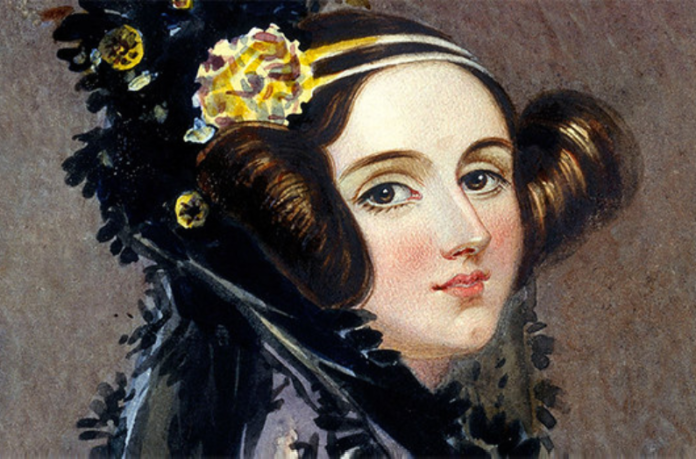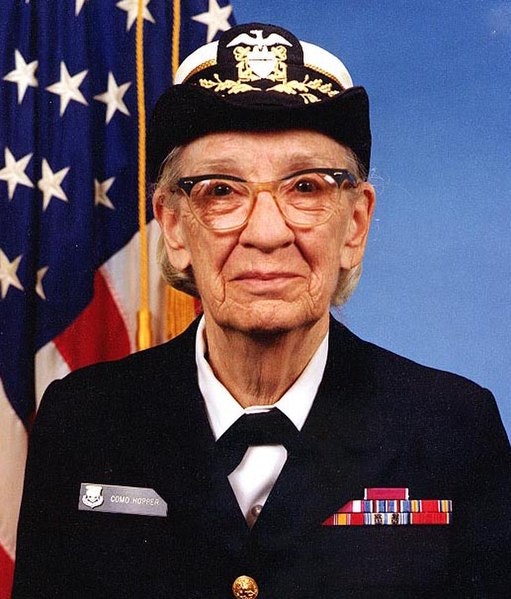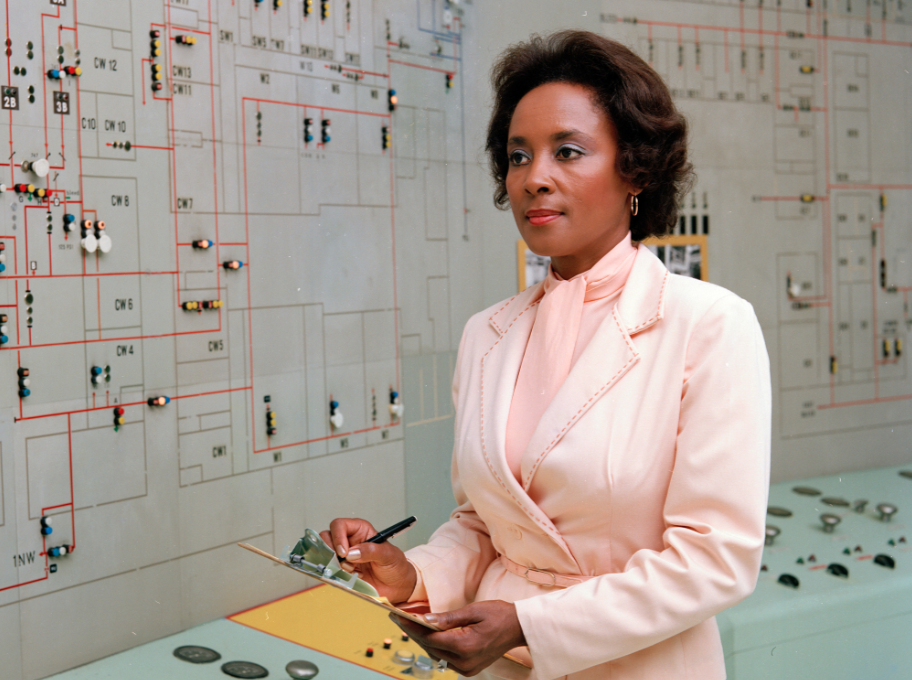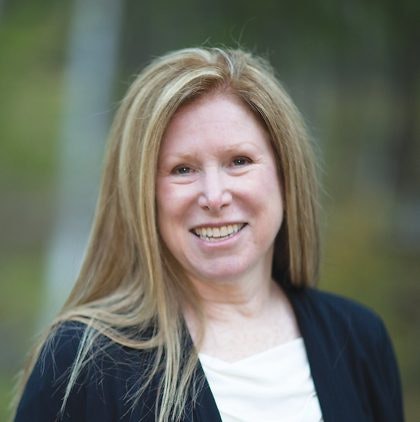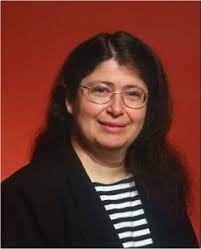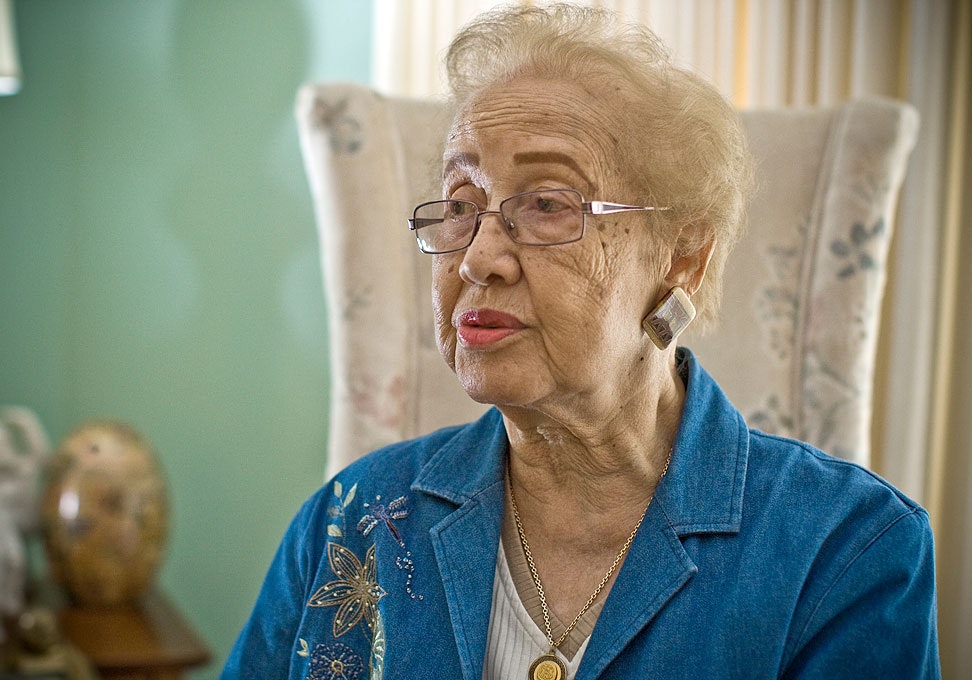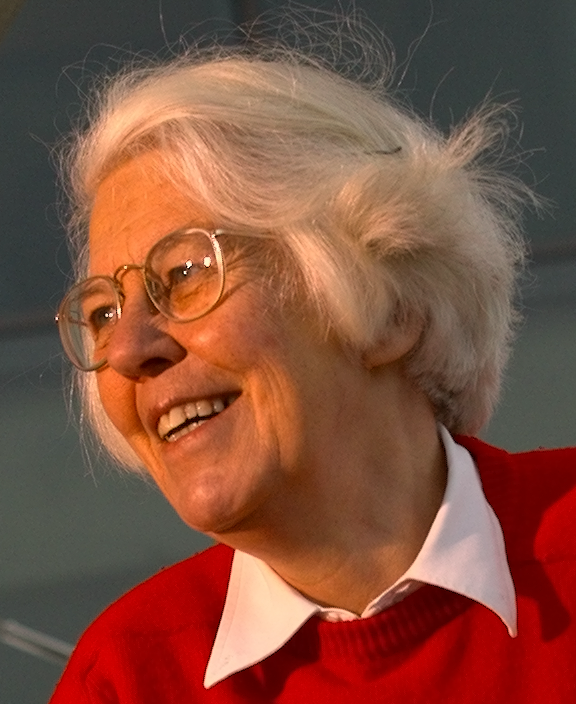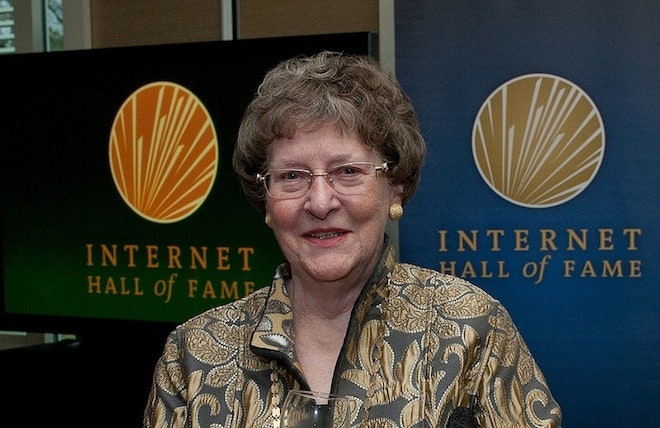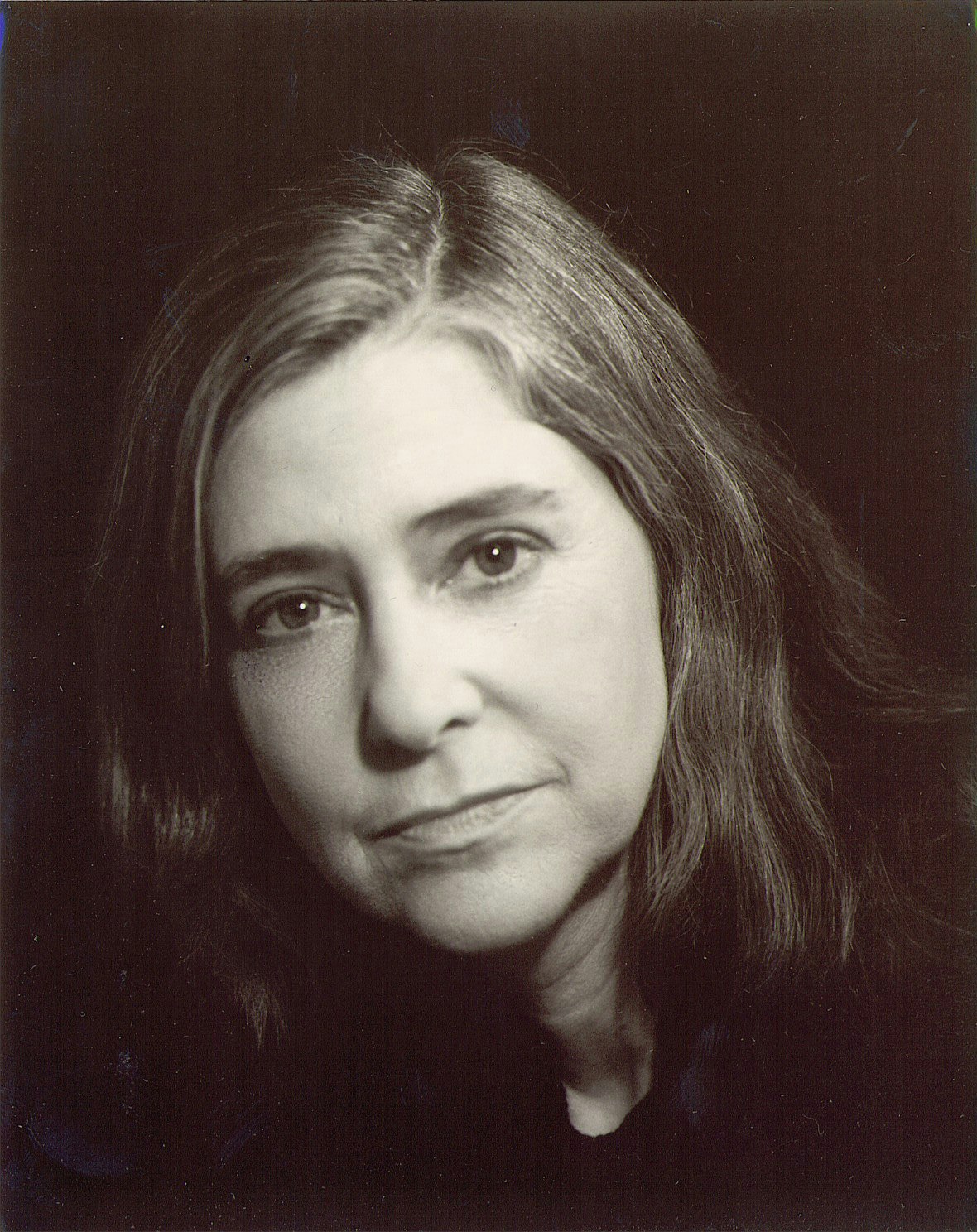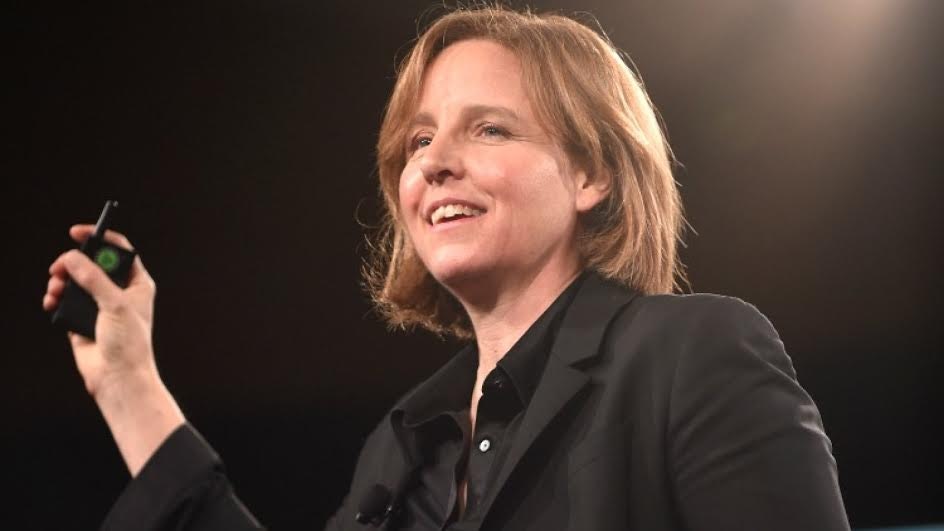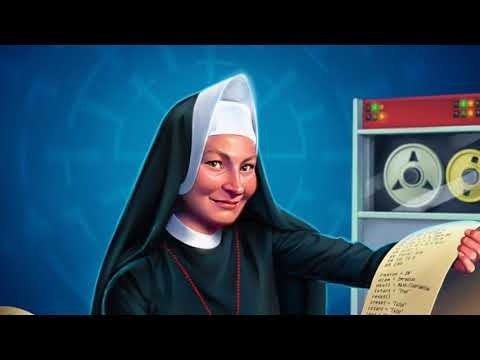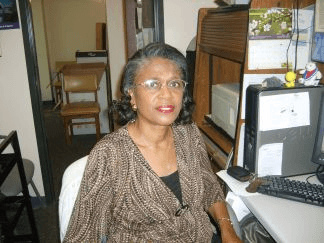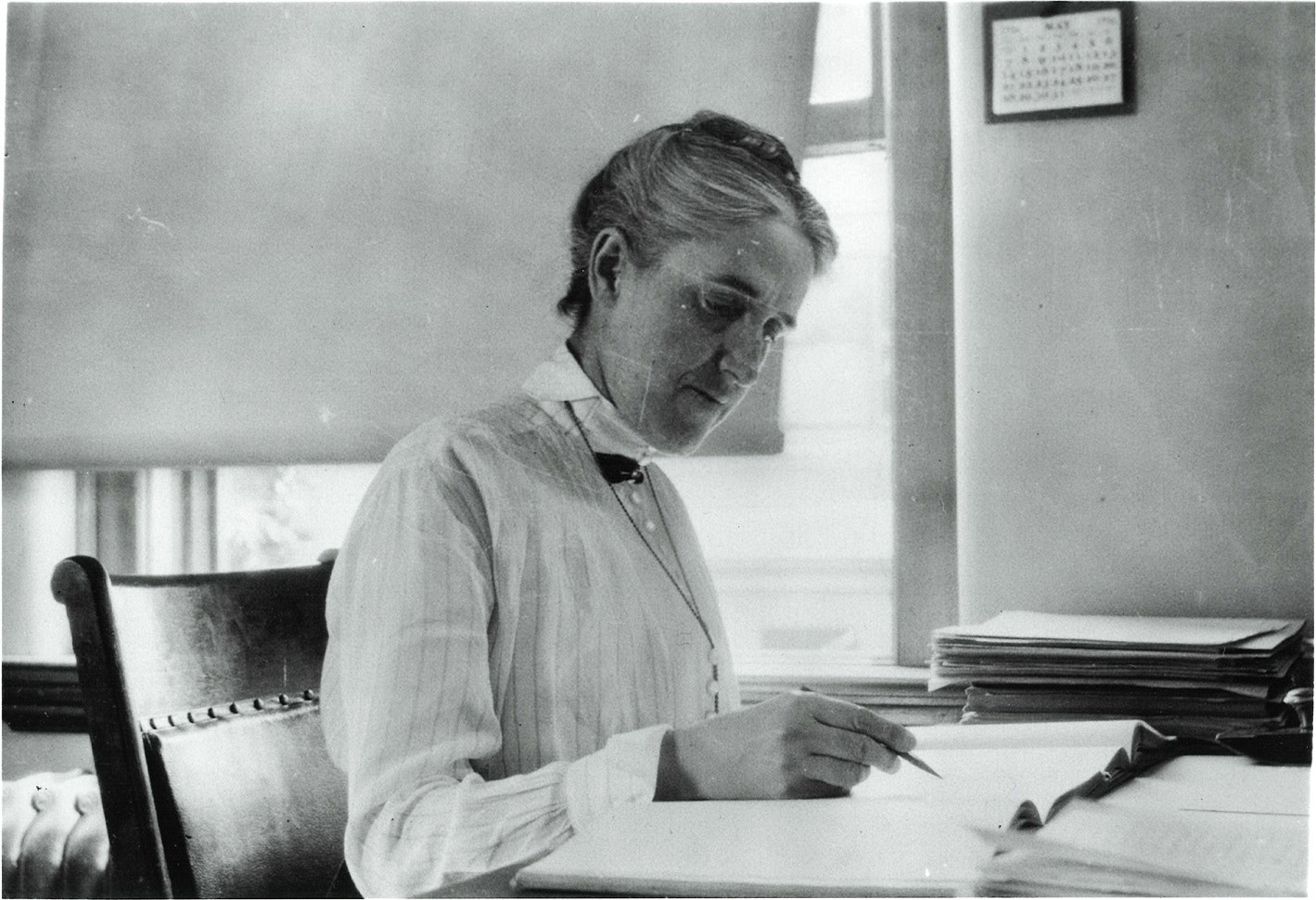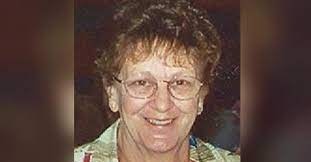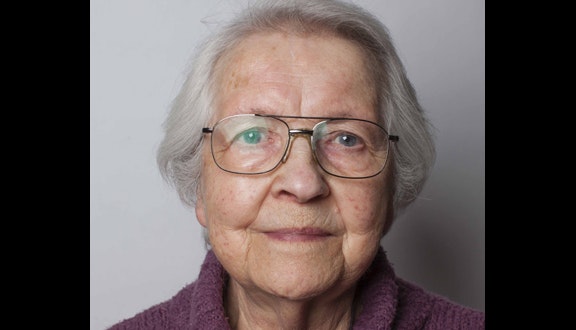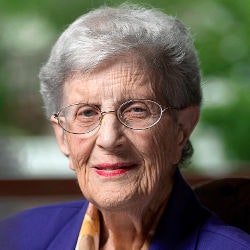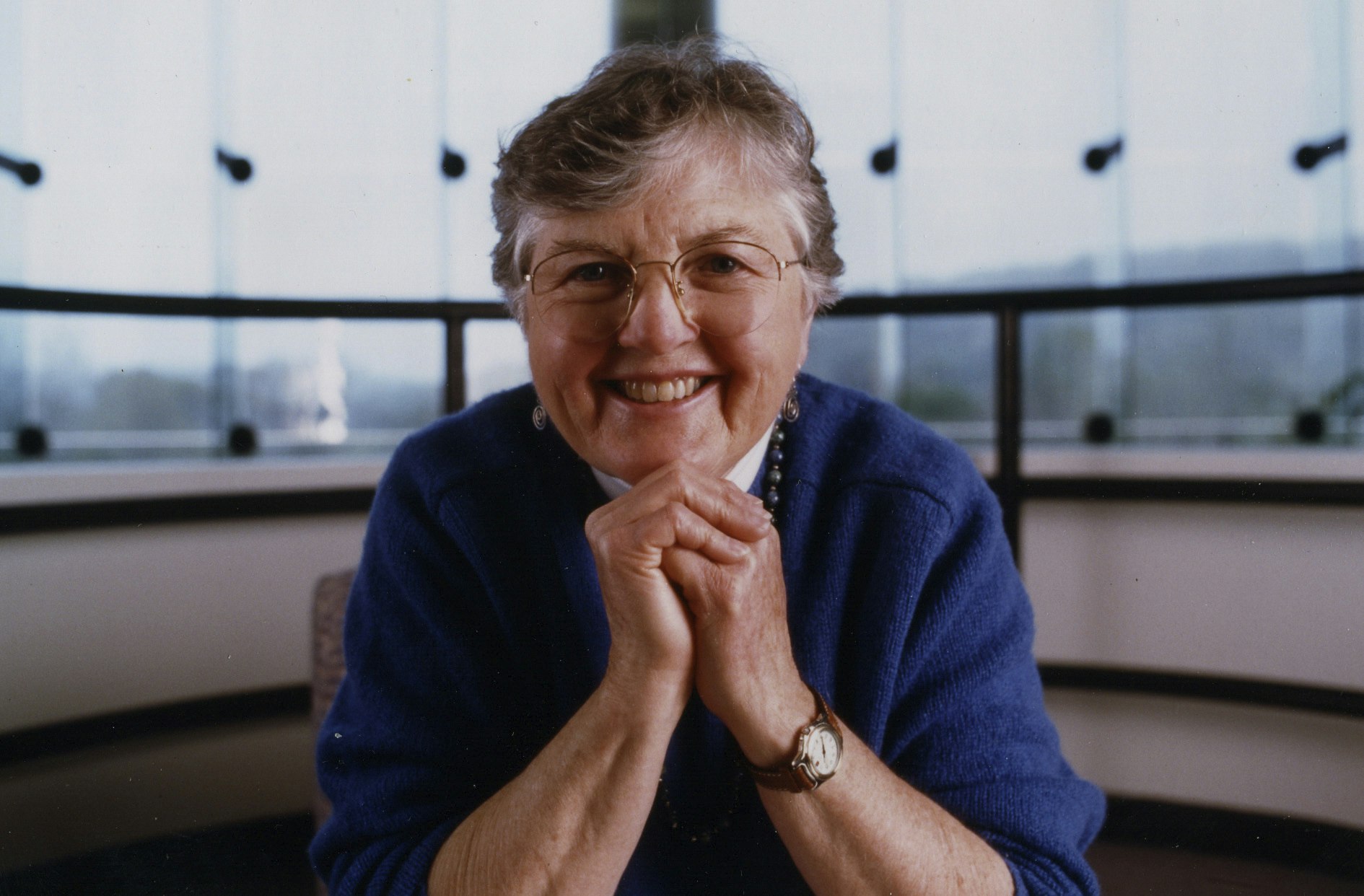Going Back in Time: 20 Female Computer Scientists in History
Amarachi Johnson-Ubah
2 Aug 2021
•
10 min read
The first computer programmers were women, and so were the early pioneers of early computer programming. With the increasing male domination in the tech ecosystem, one may easily forget how instrumental the role of women has been in the development and origination of tech several years ago. I believe the future looks bright for young women who aspire to leave a mark in the field of science and technology, as the legacies of these women keep inspiring the upcoming generation of female tech talents.
In this article, you’ll find some of the top female computer scientists in history, and their remarkable contributions to the tech industry.
20 female computer scientists in history
1. Ada Lovelace
Ada Lovelace, countess of Lovelace, originally named Augusta Ada Byron, Lady Byron, was an English mathematician. Lovelace became interested in Babbage’s machines as early as 1833 when she was introduced to Babbage by their mutual friend, author Mary Somerville, and, most notably, in 1843 came to translate and annotate an article written by the Italian mathematician and engineer Luigi Federico Menabrea, “Notions sur la machine analytique de Charles Babbage” (1842; “Elements of Charles Babbage’s Analytical Machine”). Her detailed and elaborate annotations (especially her description of how the proposed Analytical Engine could be programmed to compute Bernoulli numbers) were excellent; “the Analytical Engine,” she said, “weaves algebraic patterns, just as the Jacquard-loom weaves flowers and leaves.” Babbage only built a small part of the Analytical Engine, but Lovelace’s efforts have been remembered. The early programming language Ada, was named for her.
Born: 10 December 1815, London, United Kingdom
Known for: First Programmer
Full name: Augusta Ada King-Noel, Countess of Lovelace
Books: Ada, the Enchantress of Numbers: A Selection from the Letters of Lord Byron's Daughter and Her Description of the First Computer
2. Grace Hopper
Grace Brewster Murray Hopper was an American computer scientist and United States Navy rear admiral. One of the first programmers of the Harvard Mark I the computer, she was a pioneer of computer programming who invented one of the first linkers.
She received a master’s degree (1930) and a Ph.D. (1934) in mathematics from Yale. Hopper is best known for her trailblazing contributions to the development of computer languages.
Born: 9 December 1906, New York, New York, United States
Awards: National Medal of Technology and Innovation, Presidential Medal of Freedom, IEEE Emanuel R. Piore Award
Known for: Flow-matic Progamming
Education: Yale University (1934), Yale University (1930), Vassar College (1924–1928), The Wardlaw + Hartridge School
3. Hedy Lamarr
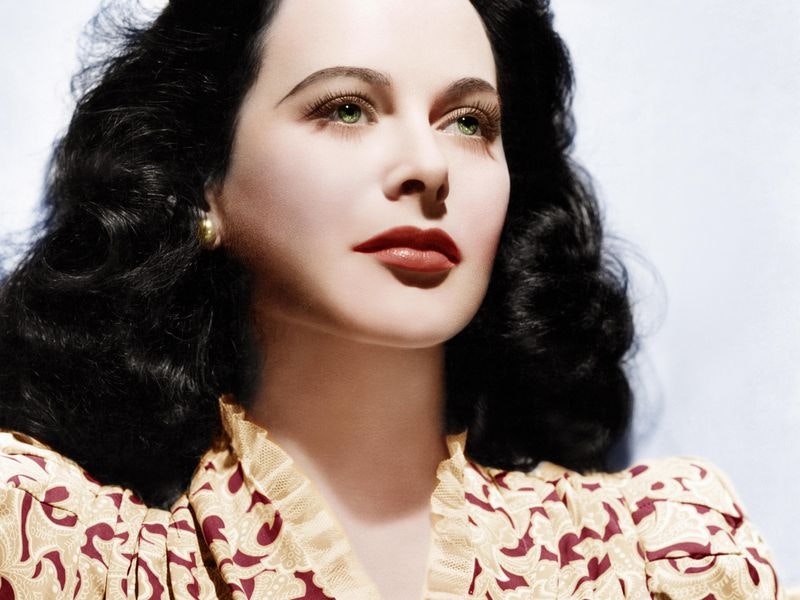
Hedy Lamarr was an Austrian-born American actress, inventor, and film producer. She appeared in 30 films over a 28-year career in Europe and the United States and co-invented an early version of frequency-hopping spread spectrum communication, originally intended for torpedo guidance.
Born: 9 November 1914, Vienna, Austria
Spouse: Lewis J. Boies (m. 1963–1965)
Known for: Wifi, GPS
4. Annie Easely
Annie Easley was an American computer scientist, mathematician, and rocket scientist. She worked on Centaur technology at NASA -- a high-energy rocket technology that uses liquid hydrogen and liquid oxygen to boost rockets into space. She also co-authored numerous papers about nuclear engines in rockets and she worked on solar, wind, and energy projects.
Born: 23 April 1933, Birmingham, Alabama, United States
Known for: NACA and NASA work
Education: Cleveland State University (1977), Xavier University of Louisiana, Holy Family Cristo Rey Catholic High School
5. Mary Wilkes
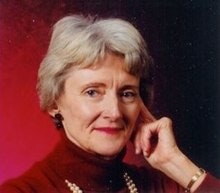
Born: 25 September 1937, Chicago, Illinois, United States
Known for: Work with LINC computer
Fields: Computer programming, logic design, law
Education: Wellesley College
6. Adele Goldberg
Adele Goldberg is a computer scientist. She was one of the creators of Smalltalk-80—a programming language—while working at the Xerox Palo Alto Research Center (PARC). In 1988, Adele co-founded ParcPlace Systems. By then, Smalltalk-80 had been applied to different software, and ParcPlace Systems provided development tools for the companies behind this software. She was chairperson and president of the company until 1995 when it merged with Digitalk.
Steve Jobs demanded to see a demonstration of Smalltalk-80 which she reluctantly gave him. Jobs and his team at Apple then incorporated Smalltalk-80 into the programming configuration of the Macintosh computer.
Born: 22 July 1945, Cleveland, Ohio, United States
Fields: Computer science
Known for: Smalltalk System
7. Radia Perlman
Radia Perlman is an American engineer and mathematician, who has been called “the mother of the internet” thanks to her contribution to technology development.
Perlman invented the spanning tree algorithm and the spanning tree protocol (STP). STP enables network bridges to locate loops in a local area network (LAN) which solved a challenging information routing problem.
Perlman has also been described as a pioneer in teaching young children computer programming. She developed a child-friendly version of the educational robotics language LOGO that was named TORTIS, “Toddlers Own Recursive Turtle Interpreter System”.
Born: 18 December 1951 (age 69 years), Portsmouth, Virginia, United States
Known for: Network and security protocols; computer books
Education: Massachusetts Institute of Technology
Books: Interconnections: Bridges, Routers, Switchers and Internetworking Protocols and Network Security: Private Communication in a Public World
8. Katherine Johnson
Katherine Johnson, née Katherine Coleman, Katherine Goble, was an American mathematician who calculated and analyzed the flight paths of many spacecraft during her career with the U.S. space program. Her work helped send astronauts to the Moon.
Born: 26 August 1918, White Sulphur Springs, West Virginia, United States
Awards: Congressional Gold Medal
Known for: Flight paths of Spacecraft
9. Karen Sparck Jones
Karen Spärck Jones was a Professor of Computing and Information at the University of Cambridge and a pioneer of information science. She made outstanding theoretical contributions to information retrieval and natural language processing and built upon this theoretical framework through numerous experiments. She introduced Inverse Document Frequency (IDF) term weighting, a statistical measure used to evaluate how important a word is to a document - now adopted as the standard in systems such as web search engines to score and rank a document’s relevance to a search query.
Born: 26 August 1935, Huddersfield, United Kingdom
Books: Information Retrieval Experiment
Education: University of Cambridge, Girton College, University of Cambridge
Known for: Basis for Search Engine
10. Elizabeth Peinler
Elizabeth Jocelyn "Jake" Feinler is an Internet and computer information scientist. For decades she worked at the Stanford Research Institute (SRI). At SRI, she was the Director of the Network Information Systems Center where she managed the Network Information Center (NIC) for ARPANET, Defense Data Network (DDN), and the Internet.
Feinler is responsible for the current domain name system (.com, .gov, .org) as her group managed the Host Naming Registry for the Internet.
Born: 2 March 1931, Wheeling, West Virginia, United States
Institutions: SRI, NASA Ames, Computer History Museum
Known for: Running the original ARPANET NIC at SRI
11. Margereth Hamilton
Margaret Hamilton, née Margaret Heafield, American computer scientist was one of the first computer software programmers; she created the term software engineer to describe her work. She helped write the computer code for the command and lunar modules used on the Apollo missions to the Moon in the late 1960s and early ’70s.
Born: 17 August 1936, Paoli, Indiana, United States
Known for: Software Engineering
Awards: Presidential Medal of Freedom
12. Stephanie Shirley
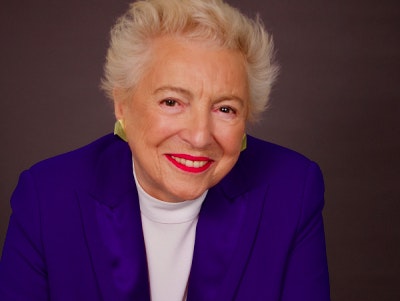
Born: 16 September 1933, Dortmund, Germany
Awards: FREng (2001); CHM Fellow (2018)
Known for: Philanthropy and founding the IT company FI Group (now part of Sopra Steria)
13. Megan Smith
Megan J. Smith is an American engineer and technologist. She was the third Chief Technology Officer of the United States (U.S. CTO) and Assistant to the President, serving under President Barack Obama. She was previously a vice president at Google, leading new business development and early-stage partnerships across Google's global engineering and product teams at Google for nine years, was general manager of Google.org, a vice president briefly at Google[x] where she co-created WomenTechmakers, is the former CEO of Planet Out and worked on early smartphones at General Magic. She serves on the boards of MIT and Vital Voices was a member of the USAID Advisory Committee on Voluntary Aid and co-founded the Malala Fund. Today Smith is the CEO and Founder of shift7
Born: October 1964 (age 56 years), Buffalo, New York, United States
Known for: Third U.S. chief technology officer
Education: Massachusetts Institute of Technology, City Honors PS 195
14. Sister Mary Kenneth Keller
Mary Kenneth Keller worked at Dartmouth College on developing the BASIC programming language. BASIC is a general-purpose, high-level programming language that helped broaden computer programming into non-maths and science fields, subsequently giving many people their first experience with programming.
She was the first woman in the US to be awarded a Ph.D. in Computer Science in 1965. She studied Mathematics and Physics.
Born: 17 December 1913, Cleveland, Ohio, United States
Known for: BASIC
15. Marsha R. Williams
Marsha R. Williams was the first black woman to earn a doctorate in computer science at Vanderbilt University in 1982.
In addition to her career in higher education, Williams has also worked at IBM and been a fellow at National Science Foundation. She is a certified data processor and a member of the Association for Computing Machinery, the Association for Information Technology Professionals, the Data Processing Management Association (board member), and the Tennessee Academy of Science.
Born: 4 August 1948, Memphis, Tennessee, United States
Known for: First African American woman to earn a PhD
Education: Vanderbilt University, University of Michigan, Beloit College
16. Henrietta Swan Leavitt
Henrietta, was the astronomer who made a discovery that became one of the cornerstones of modern astronomical science. During her lifetime she received neither plaudits, nor acclaim, nor even serious recognition from her peers. Her biggest accomplishment was the discovery of the period-luminosity law. Using this law she could figure out how far a star was from the earth by how bright the star was.
Born: 4 July 1868, Lancaster, Massachusetts, United States
Known for: Leavitt's law: the period-luminosity relationship for Cepheid variables
17. Mary Clem
Mary A. Clem worked as a computing clerk, audit clerk, and assistant bookkeeper at Iowa State College and the Iowa State Highway Commission for six years before joining the Mathematics Statistical Service of the Mathematics Department of Iowa State College in 1931 as its only staff member with primary responsibilities in computing. When the Statistical Laboratory was established in 1933, she continued in that role.
Born: 1905
Know for: Zero check
18. Mary Coombs
Mary Coombs is recognized as being the first female commercial programmer, she was the first woman to work on the LEO computers. Her father, William Blood, believed in women's education.
Born: 4 February 1929, Muswell Hill, London, United Kingdom
Known for: The first female commercial computer programmer
19. Jean E. Sammet
Jean E. Sammet is a retired computer scientist and programmer who is best known for her work on FORMAC, the first widely used general language and system for manipulating nonnumeric algebraic expressions.
Sammet supervised the first scientific programming group for Sperry Gyroscope Co. (1955-1958). She worked at Sylvania Electric Products (1958-1961) in various positions and while there she served as a key member of the original COBOL committee.
She joined IBM in 1961 to organize and manage the Boston Programming Center. She initiated the concept and directed the development, of the first FORMAC (FORmula MAnipulation Compiler.)
Born: 23 March 1928, New York, New York, United States
Known for: FORMAC programming language
Education: Mount Holyoke College (1948)
20. Frances E. Allen
Frances Allen, a pioneer in the world of computing, was the first female IBM Fellow and the first woman to win the Turing Award.
Born: 4 August 1932, Peru, New York, United States
Known for: Computer Compiling
Awards: ACM Fellow (1994), IBM Fellow (1989)
Conclusion
According to Adeva IT, as of 2018, women held only 25% of all the jobs in the tech industry, despite women making up almost half of the total workforce. What's worse, this number is lower than the percentage of tech jobs held by women back in the 1980s. Despite the massive challenges for all the women, from some of them not being recognized to facing compulsory resignation for getting married, even down to the harsh and unfair conditions in their workplaces, and yet, these women have etched their legacies in the sands of time. I hope you are inspired to follow your passions no matter your gender and always look for opportunities to succeed.
And do give me a shoutout on Twitter, let me know what you think.
Amarachi Johnson-Ubah
I am Amarachi Johnson-Ubah. I am a front-end web developer, community manager and technical writer.
See other articles by Amarachi
WorksHub
Jobs
Locations
Articles
Ground Floor, Verse Building, 18 Brunswick Place, London, N1 6DZ
108 E 16th Street, New York, NY 10003
Subscribe to our newsletter
Join over 111,000 others and get access to exclusive content, job opportunities and more!
